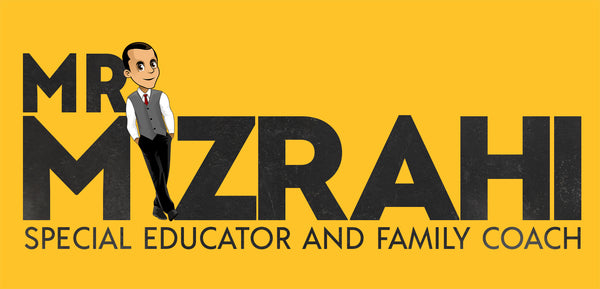
Managing your Own Emotions
Share
Wander any playground or mall, and at some point, you are likely to observe a parent coaching her child to take deep breaths in and out to calm herself down or directing her to “use her words” versus hitting, kicking, or grabbing. These are indeed good parenting strategies for helping children learn to manage and express their emotions in healthy ways, a critical but not easy task.
It is important to tune in to and manage our feelings, because how we react in these moments deeply affects our children’s ability for self-regulation, self-control, and overall emotional health far into the future. Research (and real life) shows that when parents react harshly and with emotional intensity, children’s distress tends to escalate and, whatever the problem at hand, it is less likely to get resolved.
Here are some strategies that can help:
👉 Tune in to your feelings.
Tuning in to your feelings allows you to make a conscious decision—instead of a knee-jerk reaction—about how best to respond. In this case, it might mean taking some deep breaths to clear your head, then calmly telling your child that you know she is disappointed, but it’s not possible to always go first and that she will be okay communicating confidence in her ability to cope.
Remaining calm allows you to stay connected with your child rather than increasing her distress by experiencing an emotional break with you; she feels understood, not shamed, which makes her more open to accepting the limit being set; and when you react calmly, it decreases the stress hormone in her own brain, which helps her calm down more quickly.
Staying calm also results in a lot less remorse for having lost control, and many fewer nights going to bed feeling like all you did that day was yell and stress out your kids—a common and painful experience for many parents.
👉 Do the unexpected.
This can reduce the stress and tension of the situation and doing something totally unexpected can also put a stop to the unwanted behavior. This is not coddling or giving in.
If your child is telling you he hates you because you won’t let him have 5 more minutes to play (and he hasn’t finished his game yet! he just needs 5 MORE MINUTES!) and you approach him with a bear hug while saying, “It looks like you need a big mommy hug,” you are letting him know you hear his frustration and empathize with it. You are not giving him five more minutes which would be “coddling” or rescuing him from having to cope with a limit he doesn’t like.
It may surprise you how this can turn the tides doing the opposite of what he expects when he is in a provocative mode. Or don’t respond to his “bait” and just turn on some music and start to do a silly dance, all the way to the dinner table you are trying to transition him to. Simply say, “Join me,” and move along. It may sound hokey, but it can be very effective—and again relieve both his stress and yours.
👉 Give yourself a time-out.
It allows you to remain present even in the face of the negative emotional intensity these situations often arouse. It also serves as a very powerful role-modeling for your child on how to manage strong emotions—exactly what you are trying to teach him. This gets you out of a reactive state and gives you time to think about the meaning of your child’s behavior and what you want him to learn from the experience. It’s much more likely you will come up with a response that sets the limit or guides your child’s behavior while remaining nurturing.
Managing strong negative emotions is surely much easier said than done. But it’s worth the effort, because the payoff is huge, for you and your child.
Coach Benjamin Mizrahi. Educator. Learning Specialist. Family Coach. Father. Husband.
More articles on Mr Mizrahi's Blog - Benjamin Mizrahi
